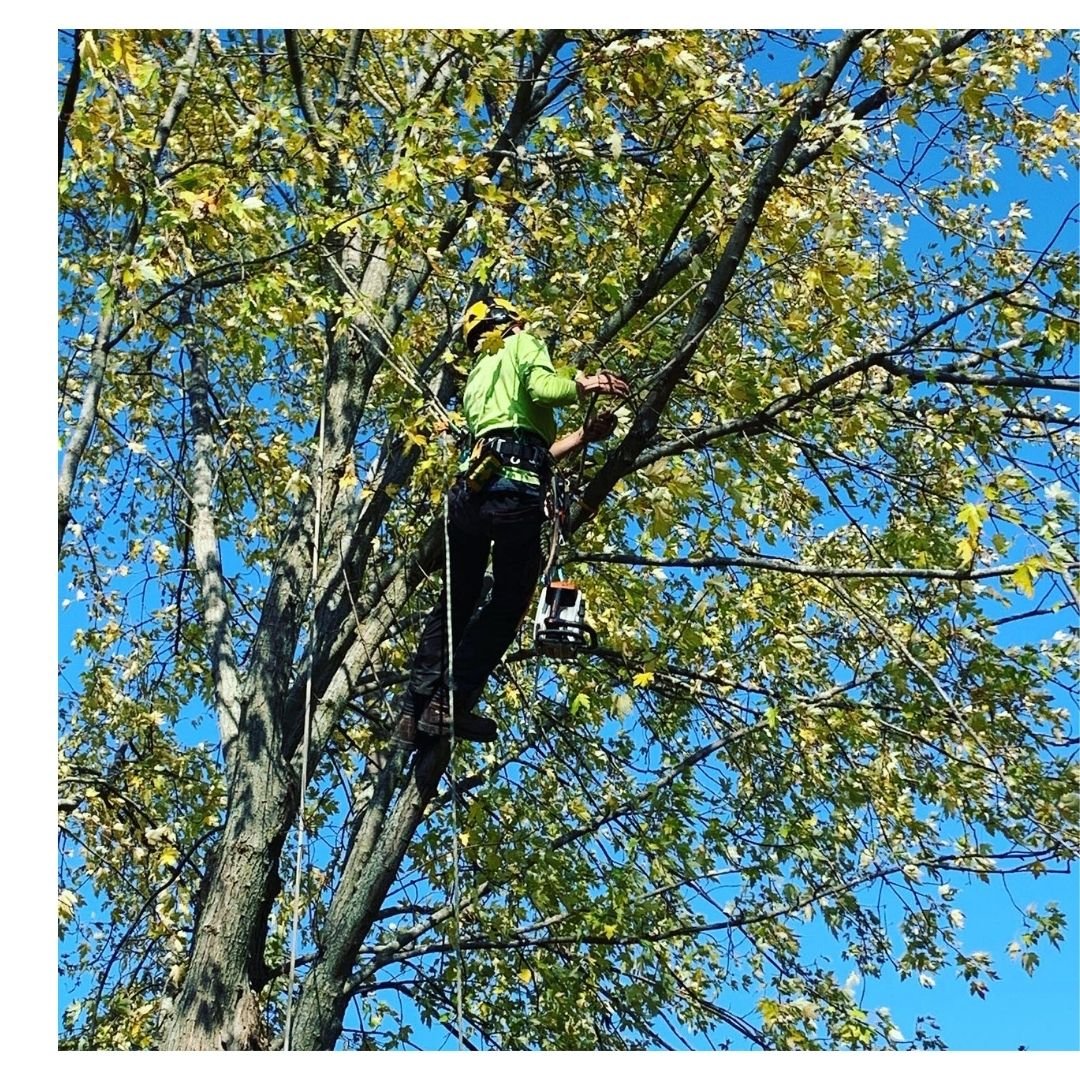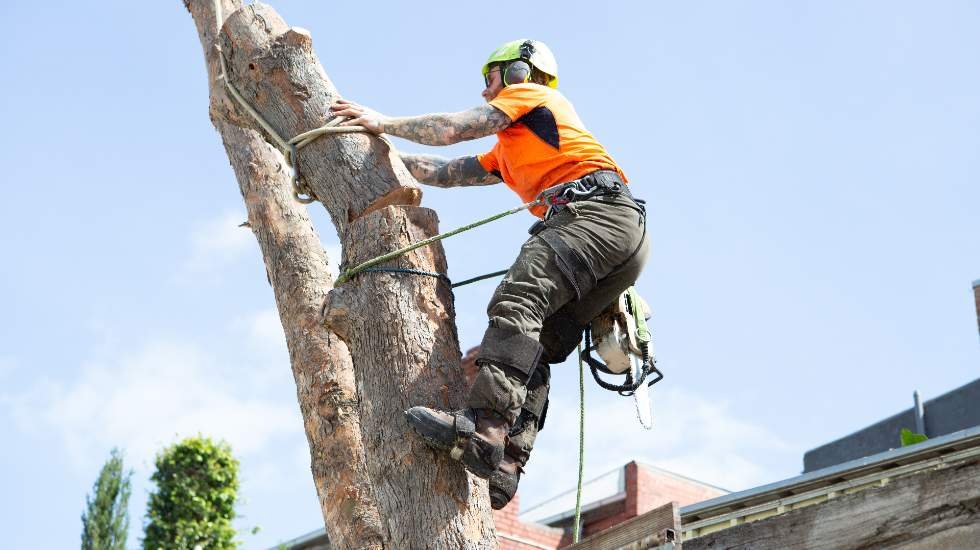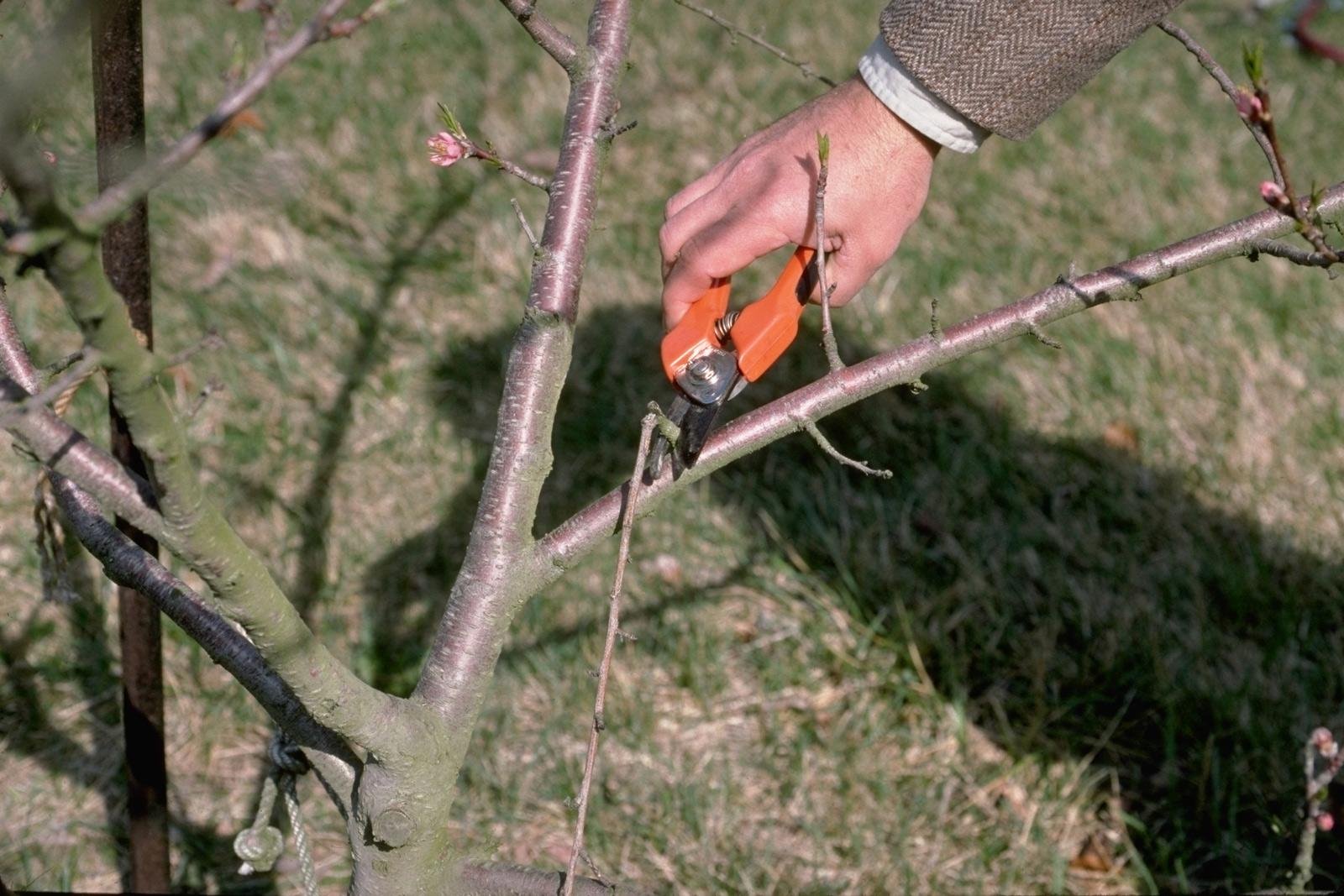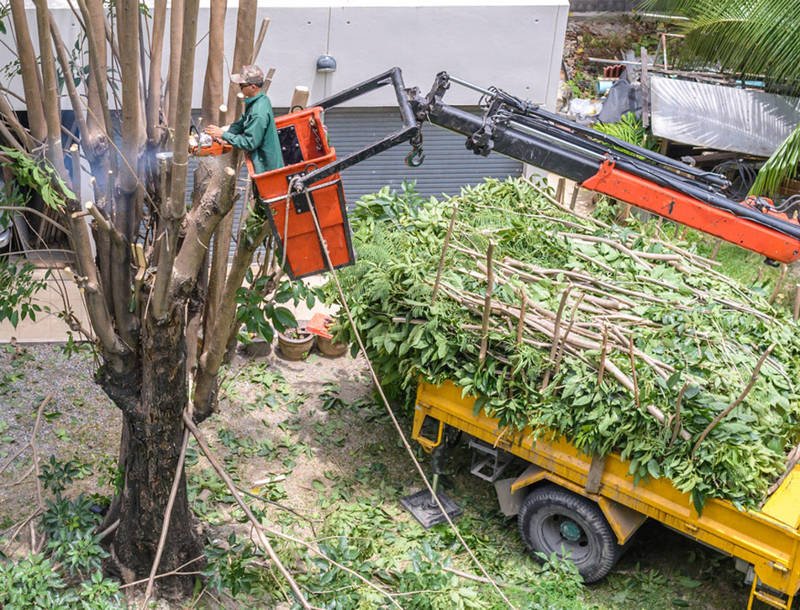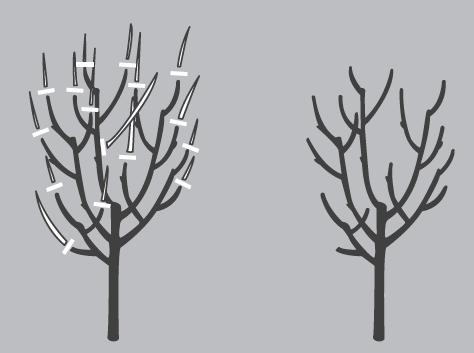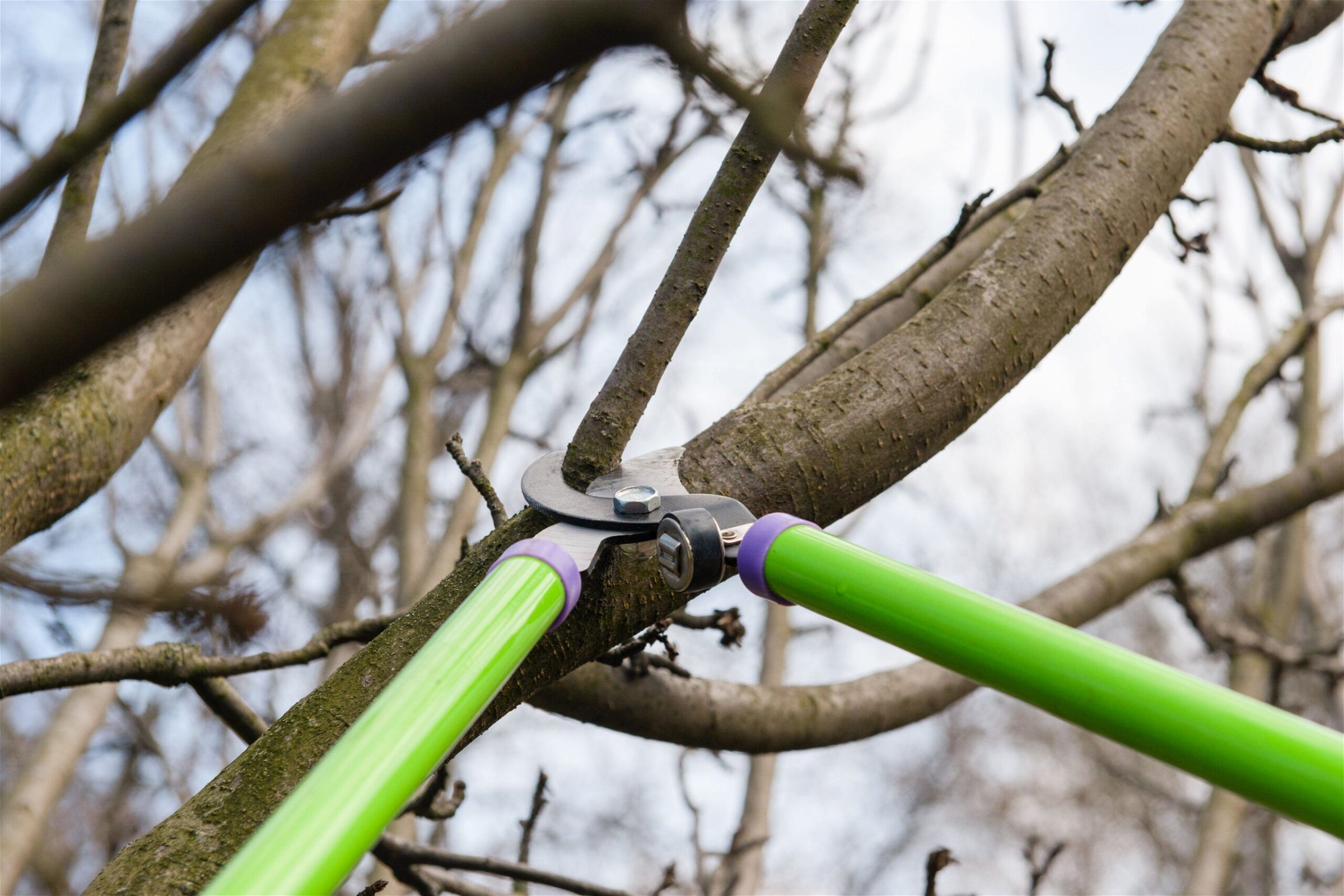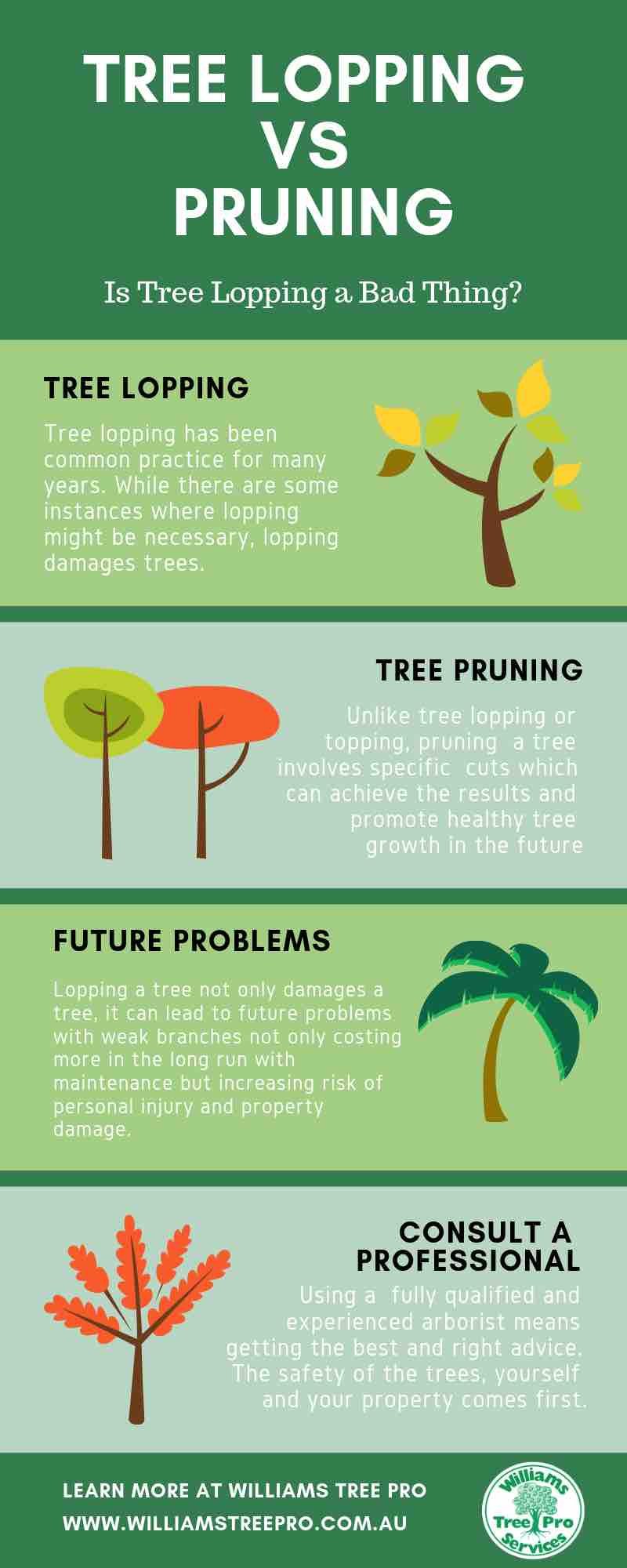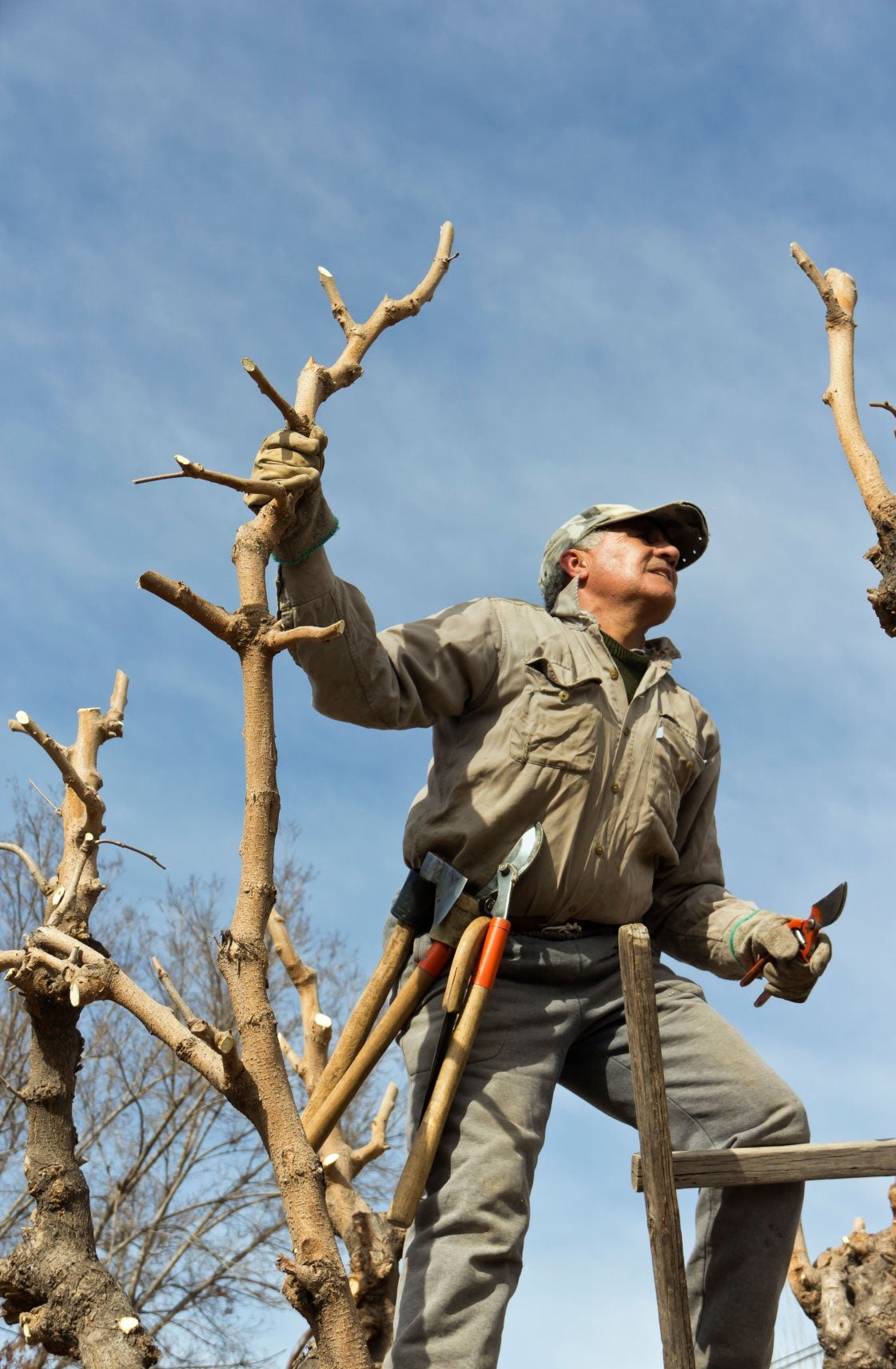[ad_1]
Lopping your tree is a great way to remove dead or dying leaves. But there are some common mistakes that you should avoid. Some of these include bark splitting, cankers and unintended consequences.
Common mistakes to avoid
Tree lopping can be a daunting task. Fortunately, there are a few tidbits to help guide you through the process. Besides, you can always have the professionals do it for you. A little maintenance goes a long way, especially in the winter months.
For starters, you should always protect the tree in question. This will prevent unnecessary damage. To the untrained eye, a branch may appear to be the same as a trunk in a forest, but a close examination of the bark will reveal a different story.
Another tidbit to keep in mind is that branches should be cut at weak v-shaped angles. The result is a much stronger and healthier tree.
Cankers
Cankers are caused by diseases that attack tree bark and wood. The disease pathogens can enter through wounds, broken branches, or damaged bark. Once they have contaminated the vascular system, they can cause dieback and branch dieback. They may also cut off the water supply to the upper parts of the tree.
Most canker diseases are fungal infections that are caused by bacteria or fungi. Some types of canker infections are easier to diagnose than others.
If you are worried about a canker on your tree, you can take steps to prevent it. This includes proper pruning, feeding, and watering. You can also call an ISA certified arborist for a professional evaluation of your tree.
Bark splitting
Bark splitting is a phenomenon that can affect any type of tree. It can occur on branches or trunks, but it is most commonly seen on thin bark trees.
Bark splits occur due to a variety of environmental factors. In particular, cold weather and sudden temperature changes can cause this kind of damage.
The best way to avoid this kind of tree damage is to keep your tree well-trimmed. If you live in an area where the temperature is consistently cold, you should consider insulating your tree with reflective white paper. This will allow your tree to maintain its temperature in the winter and prevent sunscald in the summer.
Sunburn
The first thing to know is that there is a difference between sunburn and sunscald. Sunscald is an injury to bark, usually of young trees. It results in browning of the internal trunk tissue.
Sunscald is most common on the southwest side of a tree. This is because the trunk and leaf tissue can become 20 degrees hotter than the air temperature.
When a new tree is planted, the trunk is often exposed to too much sunlight. In the summer, too many leaves may be removed or a young tree may be pruned hard, exposing it to a lot of direct sunshine.
A good way to avoid sunburn is to apply mulch around the base of the tree. This will maintain moisture and prevent soil saturation. You can also add wood shavings to protect root growth.
Decay spreading faster
A tree will respond to wounds in two ways: it will form a boundary to prevent the spread of infection and it will grow new healthy tissue to compensate for the damage. This boundary is called compartmentalization.
The primary defense against decay is compartmentalization. By creating a boundary around the damaged portion of the wood, the tree keeps the decay organisms out. It also discourages the fungi from spreading.
Decay occurs in three main types. They include soft rot, white rot, and brown rot. Each of these is more damaging than the other.
Wood is decomposed by fungi and bacteria. As the fungi invade the wood, it breaks down the cellulose and lignin, which are responsible for its strength and stiffness. Fungi and bacteria also attack hemicellulose, which is responsible for the brown color of the wood.
[ad_2]

